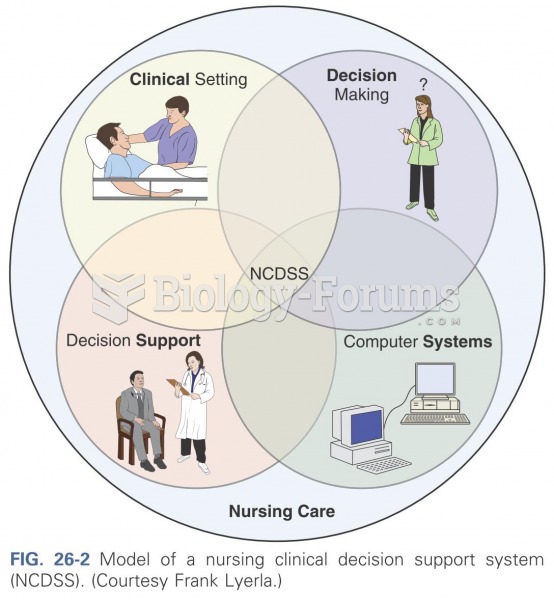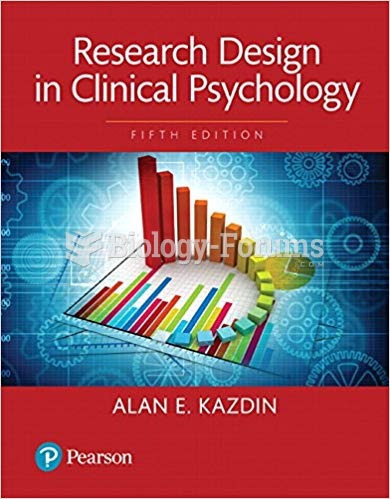|
|
|
Women are 50% to 75% more likely than men to experience an adverse drug reaction.
HIV testing reach is still limited. An estimated 40% of people with HIV (more than 14 million) remain undiagnosed and do not know their infection status.
Before a vaccine is licensed in the USA, the Food and Drug Administration (FDA) reviews it for safety and effectiveness. The CDC then reviews all studies again, as well as the American Academy of Pediatrics and the American Academy of Family Physicians. Every lot of vaccine is tested before administration to the public, and the FDA regularly inspects vaccine manufacturers' facilities.
Cancer has been around as long as humankind, but only in the second half of the twentieth century did the number of cancer cases explode.
Urine turns bright yellow if larger than normal amounts of certain substances are consumed; one of these substances is asparagus.







